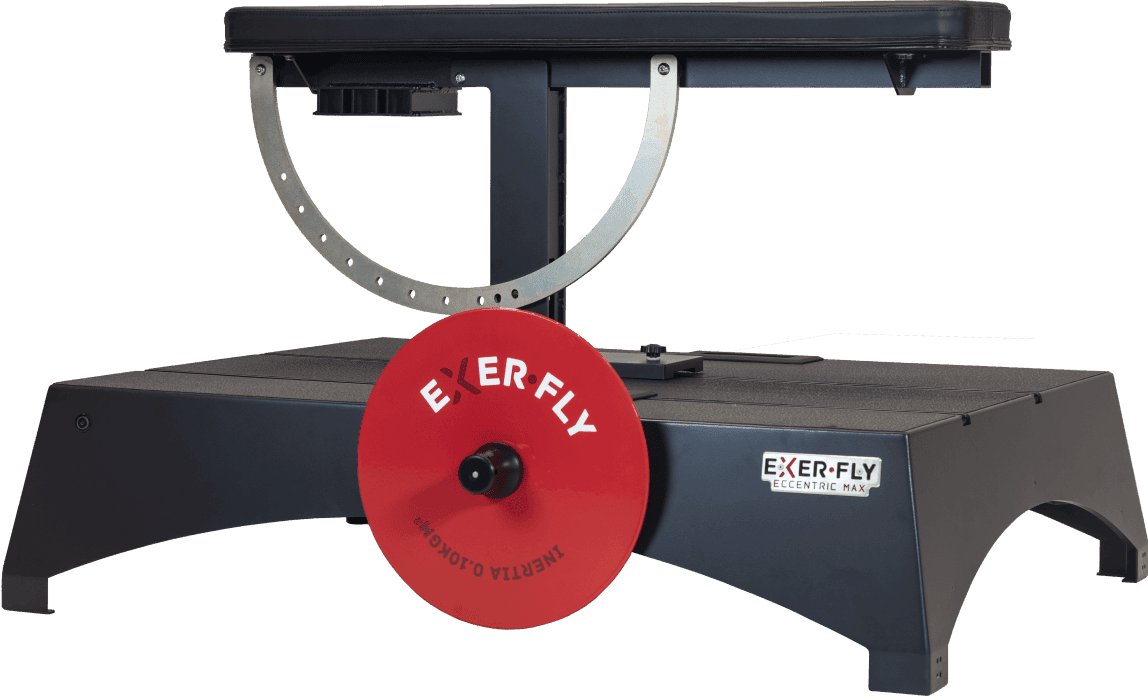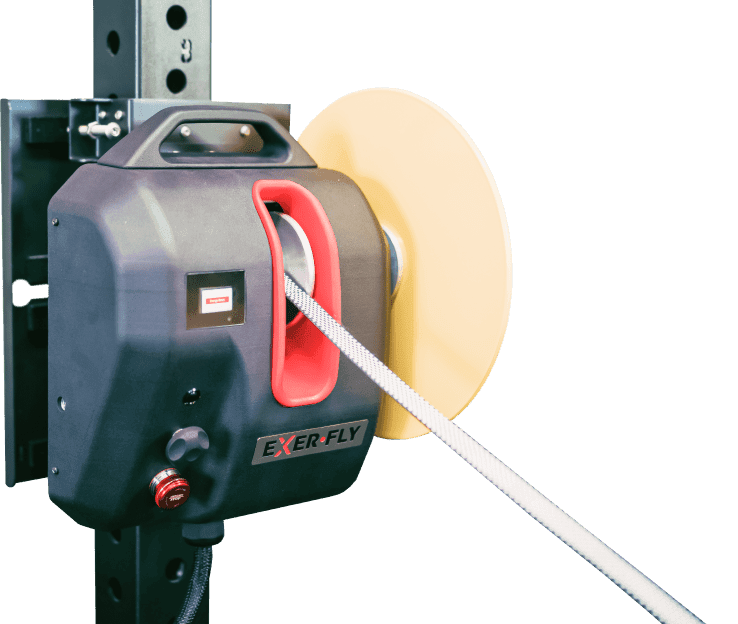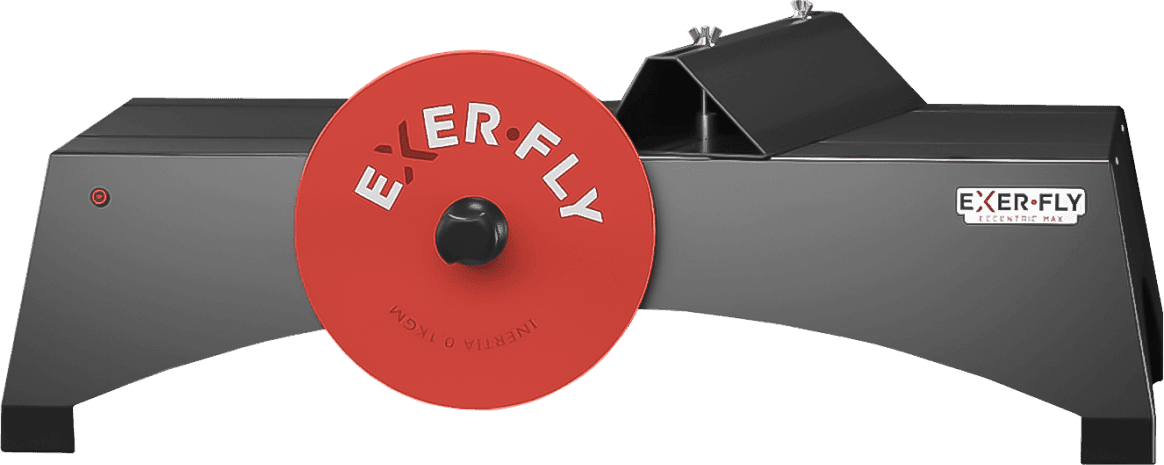
Load Quantification and Testing Using Flywheel Devices in Sports
A study found that both inertia–power and inertia–velocity relationships can be used to design the profile of a given flywheel exercise, which in turn can be used for assessing training adaptations and progress. Furthermore, researchers found that the optimal inertial load can be assessed using a progressive testing protocol evaluating the peak power, and that this approach allows to individualize the load for each user based on their own physical characteristics. Finally, a flywheel squat test protocol was carried out to evaluate adaptations and has been recently validated—reporting excellent test-retest reliability for concentric and eccentric power outputs.
Here are some key findings from the study
- Flywheel exercise has some unique characteristics and offers several advantages compared to isotonic or traditional resistance exercises.
- In addition, eccentric training can induce chronic neural (e.g., increased motor unit synchronization) and morphological (e.g., structure of the musculotendinous unit) adaptations (Douglas et al., 2017a; Hody et al., 2019; Beato and Dello Iacono, 2020; Beato et al., 2021). However, flywheel training benefits are not only related to the eccentric movement phase, but they are due to the combination of both concentric and eccentric contractions during the same exercise (Nuñez and Sáez de Villarreal, 2017; Beato and Dello Iacono, 2020). Although the concentric contraction in flywheel exercises have received lower interest compared to the eccentric contraction, it plays a key role in the obtainment of specific adaptations (both neural and morphological), and it is a necessary component for the development of the subsequent eccentric contraction (Norrbrand et al., 2008; Maroto-Izquierdo et al., 2017; Beato et al., 2019; Beato and Dello Iacono, 2020).
- For that reason, it is important to quantify kinetic and kinematic variables, such as velocity, power, or force, during both concentric and eccentric actions of the flywheel exercise to individually monitor and adjust training volume and intensity to fit the needs of each participant (Suchomel et al., 2019a; McErlain-Naylor and Beato, 2020; Piqueras-Sanchiz et al., 2020).






